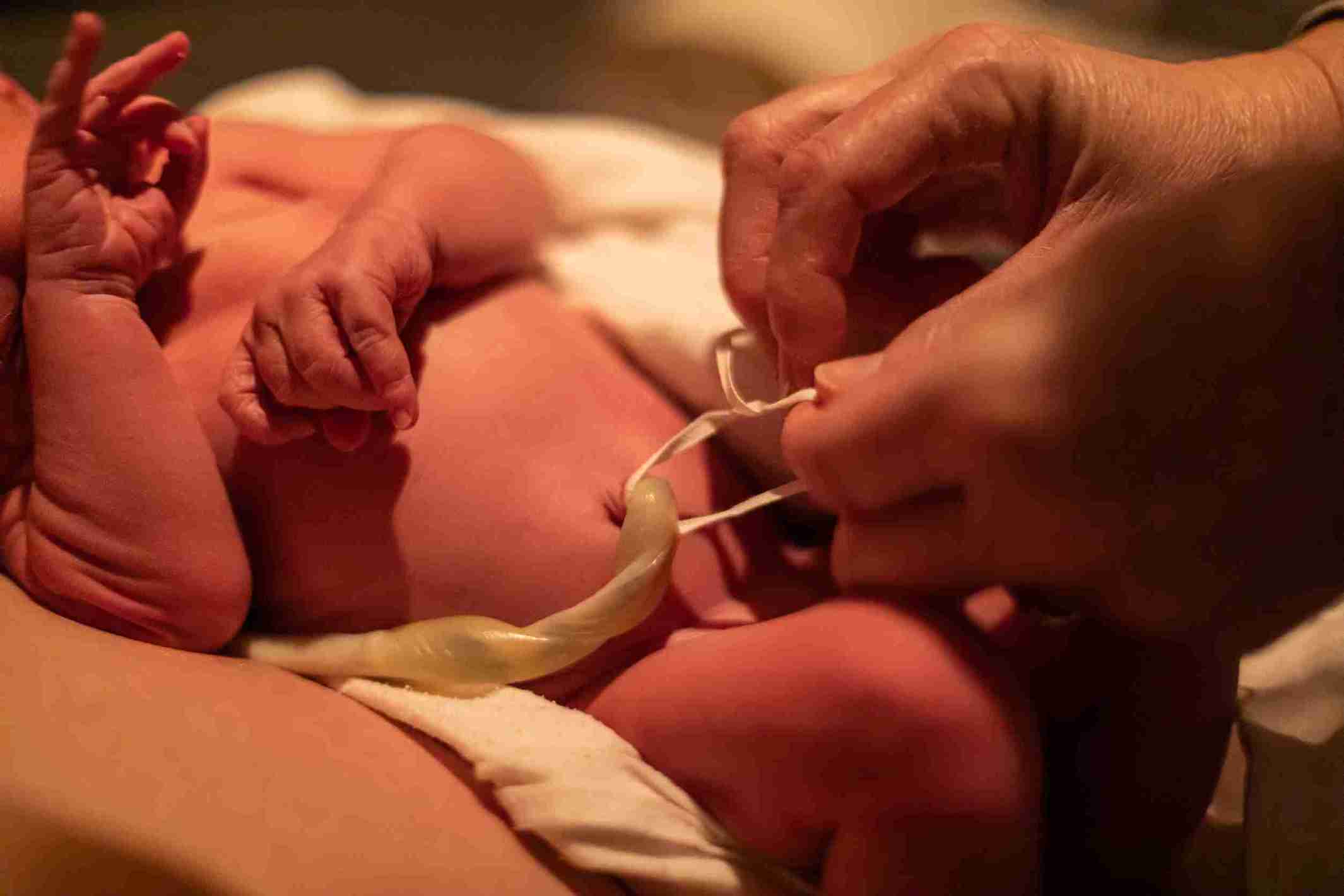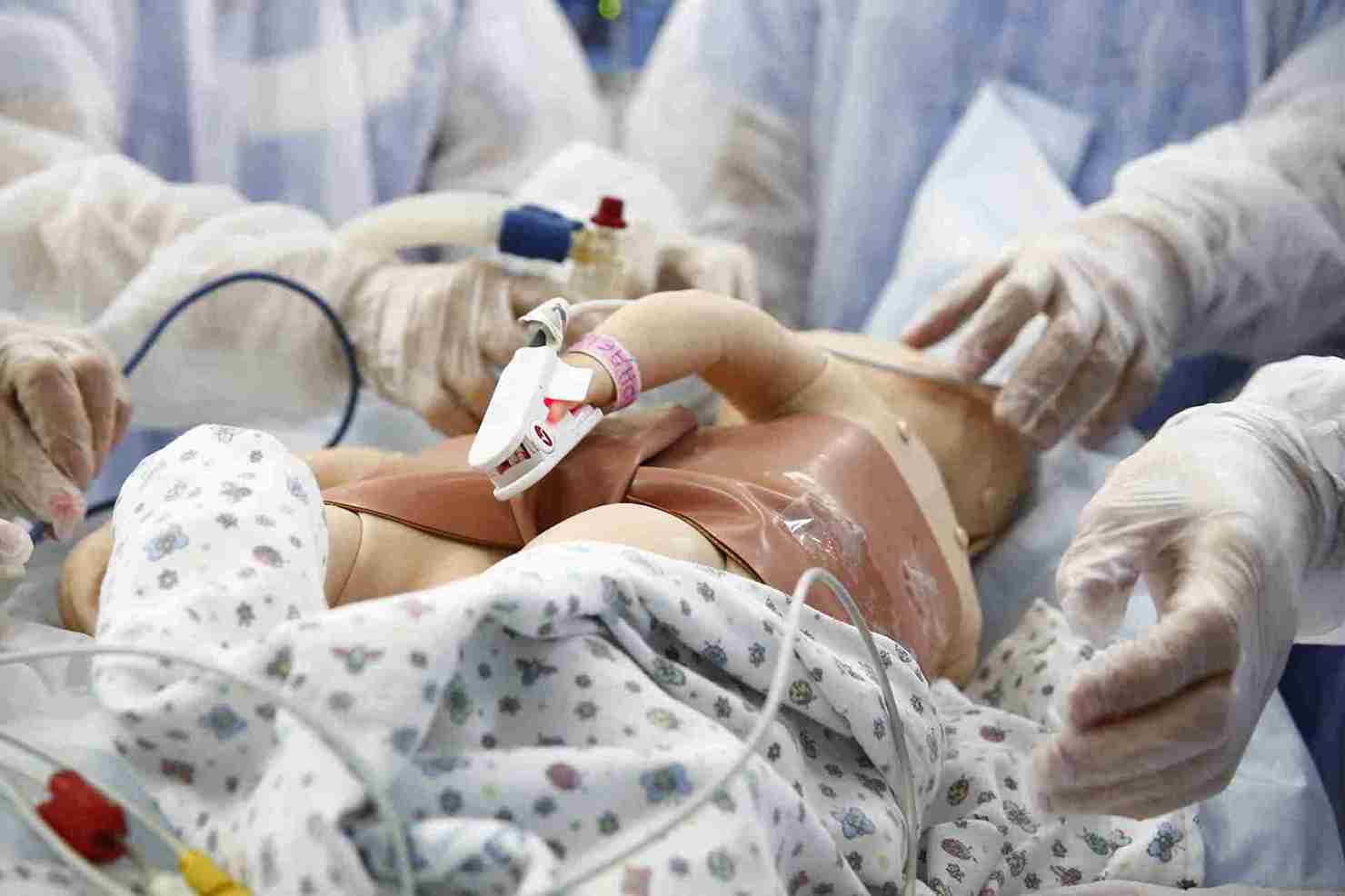
During pregnancy, the umbilical cord serves as the baby's lifeline, transporting necessary nutrients and oxygen from the placenta. It normally attaches right in the middle of the placenta, so whatever the baby needs runs quite smoothly. Sometimes, however, it grows off-centre or near the edge, that is, marginal cord insertion, also called marginal umbilical cord placement.
While the name may sound intimidating, marginal cord insertion is a relatively frequent and generally mild condition. With contemporary prenatal care and support, the majority of women with this condition experience normal pregnancies and deliveries.

Marginal cord insertion occurs when the umbilical cord inserts on the edge of the placenta rather than in the middle. With a typical (central) cord insertion, the cord is well established in the middle of the placenta, ensuring proper nutrient and oxygen supply. But in marginal insertion, the connection is weaker and less effective.
It is crucial to differentiate between marginal cord insertion and other more dangerous conditions, such as velamentous cord insertion, in which the umbilical cord attaches to the fetal membranes before reaching the placenta, leaving blood vessels exposed and making them more susceptible to rupture.
By contrast, marginal umbilical cord placement is generally considered less threatening and often requires only careful monitoring rather than immediate medical intervention.
Although the specific reasons for marginal cord insertion are not well understood, studies indicate a few possible contributing factors. When there is a misplacement of the embryo during the early stages of pregnancy, it may affect where the umbilical cord ultimately attaches to the placenta.
Some common risk factors are:
These can raise the risk of marginal umbilical cord placement, but it's also fairly common in low-risk pregnancies.
Marginal insertion of the cord is typically identified on the second-trimester ultrasound at 18 to 22 weeks. During the scan, the physician examines placental position, cord insertion, and fetal growth.
Your physician can order follow-up ultrasounds after they've been identified to track the baby's growth and look for signs of complications. Doppler flow studies, at times, can assess the quality of blood flowing through the cord.
The majority of expectant parents ask: Can marginal cord insertion correct itself? The answer is no, the location of the attachment of the cord is fixed once the placenta has developed and won't change as pregnancy progresses.
But note that most cases do not lead to serious issues; all that is needed is careful monitoring. With appropriate prenatal care, marginal umbilical cord-placed infants are typically born healthy and at the right time.

A query often raised is: Is marginal cord insertion risky? In the majority of instances, it isn't. The majority of pregnancies with this diagnosis proceed normally without issue. Nonetheless, there are a few rare but possible risks, including:
Your physician will closely monitor these risks with ultrasounds and growth examinations. The early diagnosis and frequent prenatal examinations make it easier to address these risks effectively.
There is no specific treatment for marginal placement of the umbilical cord; instead, monitoring and fetal health during gestation come into focus. Typical care consists of:
Vaginal delivery is normally still possible unless there are other issues like fetal distress, growth restriction, or placenta previa.
Even if your pregnancy is going well, it's better to be safe than sorry. Call your doctor if you experience:
Attending all scheduled appointments is important to monitor the baby's health and act if something is not normal.
At Cloudnine Hospitals, we understand that every pregnancy is unique, especially when conditions like marginal cord insertion are involved. Our holistic approach to maternity care is designed to provide not only world-class medical expertise but also the emotional reassurance expectant mothers need during such times.
From the moment of diagnosis, our highly trained obstetricians create a personalised care plan to monitor your baby’s development closely. We use advanced diagnostic tools, including high-resolution ultrasounds and Doppler studies, to ensure that both mother and baby remain safe and healthy throughout the pregnancy.

Marginal cord insertion, although understandably worrying, is not typically risky. Once diagnosed, the insertion point of the cord can't change, but with regular checking, most pregnancies go smoothly. If you are recently diagnosed or simply want to learn more, knowing that a marginal umbilical cord position is often tolerable and not something to worry about can be reassuring.
For anyone wondering whether marginal cord insertion resolves on its own or is marginal cord insertion harmful, the point is this: with quality prenatal care, most results are favourable.
If you’ve been diagnosed with marginal cord insertion or need expert prenatal support, book a consultation with Cloudnine today. Let our team walk with you every step of the way, ensuring a safe and healthy journey towards maternity.

Not usually. Although it may require closer monitoring, the majority of cases are mild and can be handled with normal prenatal care.

Yes, vaginal delivery is achievable in the majority of cases unless complications arise. Your physician will determine the safest way of giving birth.

Signs may include reduced fetal movement, abnormal fetal growth, or distress during labour. These require medical evaluation.

Not directly. However, sleeping on your left side is generally recommended to improve blood flow to the uterus and baby.